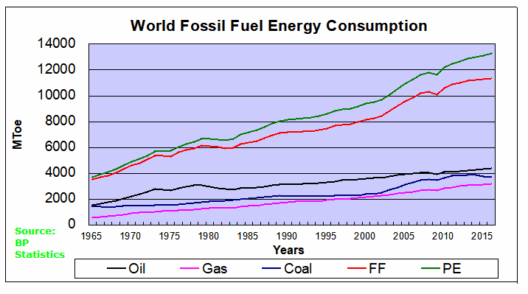The concept of energy conservation is a cornerstone of our understanding of physical systems, akin to a profound thread woven through the very fabric of the universe. This principle posits that in an isolated system, the total energy remains constant, manifesting as a safeguard against the frivolity of creation or destruction. However, when we delve deeper, we may find that the application of this principle is more nuanced than it first appears, particularly when we consider different systems and phenomena.
Picture energy as a grand tapestry, resplendent with diverse threads—some vibrant and some dulled by time—each representing different forms of energy: kinetic, potential, thermal, and others. The conservation of energy can be likened to the practice of reweaving this tapestry, ensuring that while threads may shift or change form, the totality of the fabric remains intact. It offers a reassuring framework for understanding transformations, yet it challenges us to remember that not all transformations occur in isolation.
In classical mechanics, the law of conservation of energy holds uncompromisingly true. When we observe a swinging pendulum, its energy oscillates between kinetic energy—manifested as movement—and potential energy—held at its apex. As the pendulum swings, one form converts to another, but the sum remains constant, a sublime dance governed by gravity and inertia. This elegant interchange is the hallmark of conservative forces, those that do not dissipate energy into irretrievable forms.
Yet, the universe is not merely a realm of classical mechanics; it is also a stage for complex interactions that occur in non-isolated systems. In the realm of thermodynamics, a deeper intrigue unfolds. Here, the first law posits that energy cannot be created or destroyed, but it often becomes entangled in pathways that lead to dissipation. Consider the combustion of fossil fuels: as they ignite, thermal energy is released, transitioning chemical potential energy into heat. However, this process is riddled with inefficiencies—much of that energy is dispersed into the surrounding environment, rendering it unusable for practical work. So, while the overall energy remains conserved, its utility diminishes.
In addition, we must confront the second law of thermodynamics, which introduces entropy, a measure of disorder that inexorably increases in isolated systems. This law accentuates the inherent tendency of energy to disperse and transform into less usable forms over time. Herein lies the paradox: while energy is conserved, its quality diminishes, leading to a cascade of irreversibility that dominates our everyday reality. This interplay between conservation and degradation can be visualized with a glass of water—once pristine, but over time, it becomes muddied and less suitable to drink, just as pure energy finds itself fractured by entropy’s relentless hand.
Moreover, in quantum mechanics, the conservation of energy presents an extraordinary twist—energy conservation continues to apply even in the ephemeral world of particles and waves, where fluctuations momentarily violate conservation without lasting consequences. For example, during particle interactions, energy may seem to ‘borrow’ from the system, manifesting as virtual particles that flit in and out of existence. This intriguing phenomenon is a glimpse into a realm where energy is not only conserved but also unified in ways that challenge our conventional perceptions.
Equally, astrophysics introduces cosmic considerations. In the grand ballet of galaxies, celestial bodies move through an ever-expanding universe. Here, energy conservation holds true on a macroscopic scale, yet we grapple with the effects of cosmic expansion and dark energy—forces that defy the typical mechanisms of conservation. As the universe expands, energy density can change, leading to observations that challenge our comprehension of energy distribution across spacetime. Such revelations reflect the adaptable nature of energy, a reminder that our understanding is as fluid as the cosmos itself.
In the social fabric of energy consumption, the adage “energy is conserved” takes on a moral dimension. Consider society’s relationship with renewable energy sources. In ideal settings, harnessing solar or wind energy echoes the conservation principles at the heart of physics. However, the challenges of energy storage and distribution reveal inefficiencies that shadow progress. Like the fabled coyote chasing the elusive roadrunner, the race toward sustainability finds us perpetually engaged in an endeavor to balance energy conservation with practical application.
Ultimately, the query “is energy always conserved?” compels us to traverse the landscapes of physics, thermodynamics, quantum mechanics, and cosmic phenomena. Each perspective reveals its own complexities, illuminating the abiding truth that while energy transforms and transmutes through myriad forms, it remains a steadfast companion in our universe. The conservation of energy, like a timeless tale spun from the very fabric of reality, underscores the interconnectedness of all systems, elegantly marrying the laws of science with the essence of existence itself.
In conclusion, while energy conservation holds true as a universal principle, it coexists with complexity, inefficiency, and the inexorable pull of entropy. The tapestry of energy continues to evolve, urging humanity to navigate its nuances and intricacies with care and respect. As stewards of our planet, we must not only recognize the immutable laws of energy but also embrace the challenges that accompany our journey towards more sustainable practices, ensuring that its conservation is not merely a scientific principle but a guiding ethos for future generations.







